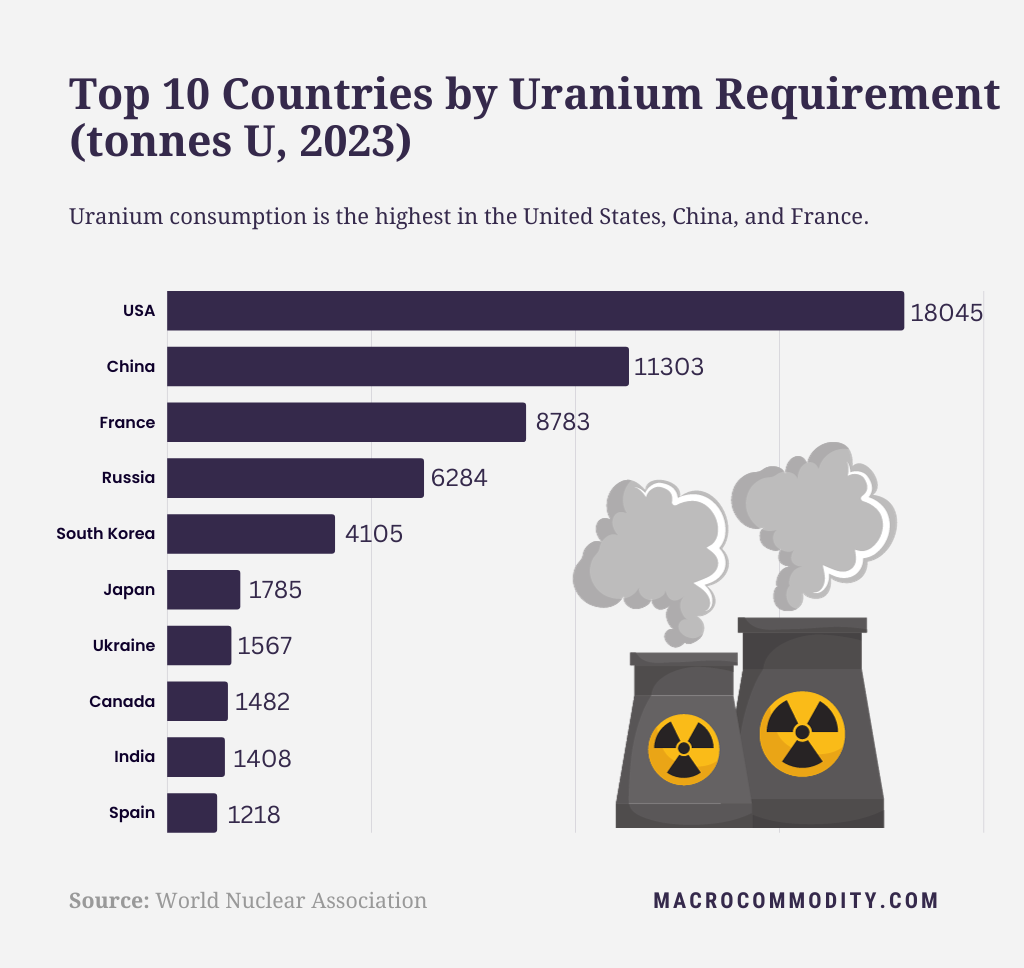Understanding ‘Grade’ in Mineral Exploration
What is Grade in Mining?
In the context of mining, “grade” refers to the concentration of a valuable mineral or metal in an ore. It’s usually expressed as a percentage or in grams per tonne (g/t). For example, if you have a gold mine and the grade is 2g/t, it means for every tonne of ore you mine, you can expect to extract 2 grams of gold.
Why is Grade Important?
- Economic Viability: The grade is crucial in determining whether a deposit can be mined profitably. Higher-grade deposits generally require less ore to be mined and processed to produce the same amount of metal, which can lead to lower costs per unit of metal produced.
- Operational Costs: Mining, transporting, and processing large amounts of low-grade ore can be more expensive than dealing with smaller amounts of high-grade ore. A mine with a higher grade might be economically viable even if other factors, like location or depth, are not ideal.
- Investment Decisions: Investors and mining companies use grade as one of the key metrics to evaluate the potential of a mining project. A high-grade deposit might attract more investment interest.
- Life of Mine: High-grade deposits can often be mined for longer periods, as they can still be profitable even when market prices for the metal are low. Conversely, low-grade mines might only be viable when metal prices are high.
Units of Measurement:
- Percentage: Some minerals, like copper, are often expressed as a percentage. For instance, if an ore has a copper grade of 1%, it means that in every 100 kilograms of the ore, there is 1 kilogram of copper.
- Grams per Tonne (g/t): Precious metals like gold and silver are typically measured in grams per tonne. If a gold ore has a grade of 5g/t, it means there are 5 grams of gold in every tonne of that ore.
Types of Grade:
- Head Grade: This is the grade of the ore as it comes out of the ground before any processing. It gives miners an idea of the potential value of the deposit.
- Milled Grade: This refers to the grade of the ore after it has been processed, but before any final refining. Processing can concentrate the mineral, so the milled grade can be higher than the head grade.
- Recovery Grade: This is the actual grade of the mineral that is successfully extracted and recovered after all processing is complete. Not all the minerals in the ore will be recovered due to inefficiencies in the extraction process.
Factors Affecting Grade:
- Geological Setting: The formation and evolution of the Earth’s crust play a significant role in the grade of mineral deposits. Some geological processes can concentrate minerals, leading to high-grade deposits.
- Depth: Sometimes, the grade can change with depth. A mine might start with a high-grade ore at the surface, but as they dig deeper, they might encounter lower grades.
- Metamorphism: The alteration of rocks due to heat and pressure can either upgrade or downgrade the grade of a deposit.
- Weathering: Surface weathering can leach out certain minerals, affecting the grade of near-surface deposits.
Examples:
- Gold Mining: Let’s say there are two gold mines. Mine A has a grade of 10g/t, and Mine B has a grade of 1g/t. If both mines produce 1,000 tonnes of ore, Mine A would yield 10,000 grams (or 10 kilograms) of gold, while Mine B would yield only 1,000 grams (or 1 kilogram). Clearly, Mine A is more valuable in terms of gold content.
- Copper Mining: Suppose a copper mine has a grade of 0.5%. This means that for every 100 kilograms of ore mined, there will be 0.5 kilograms of copper. If the cost of mining and processing that 100 kilograms of ore is less than the value of 0.5 kilograms of copper, then the operation can be profitable.

